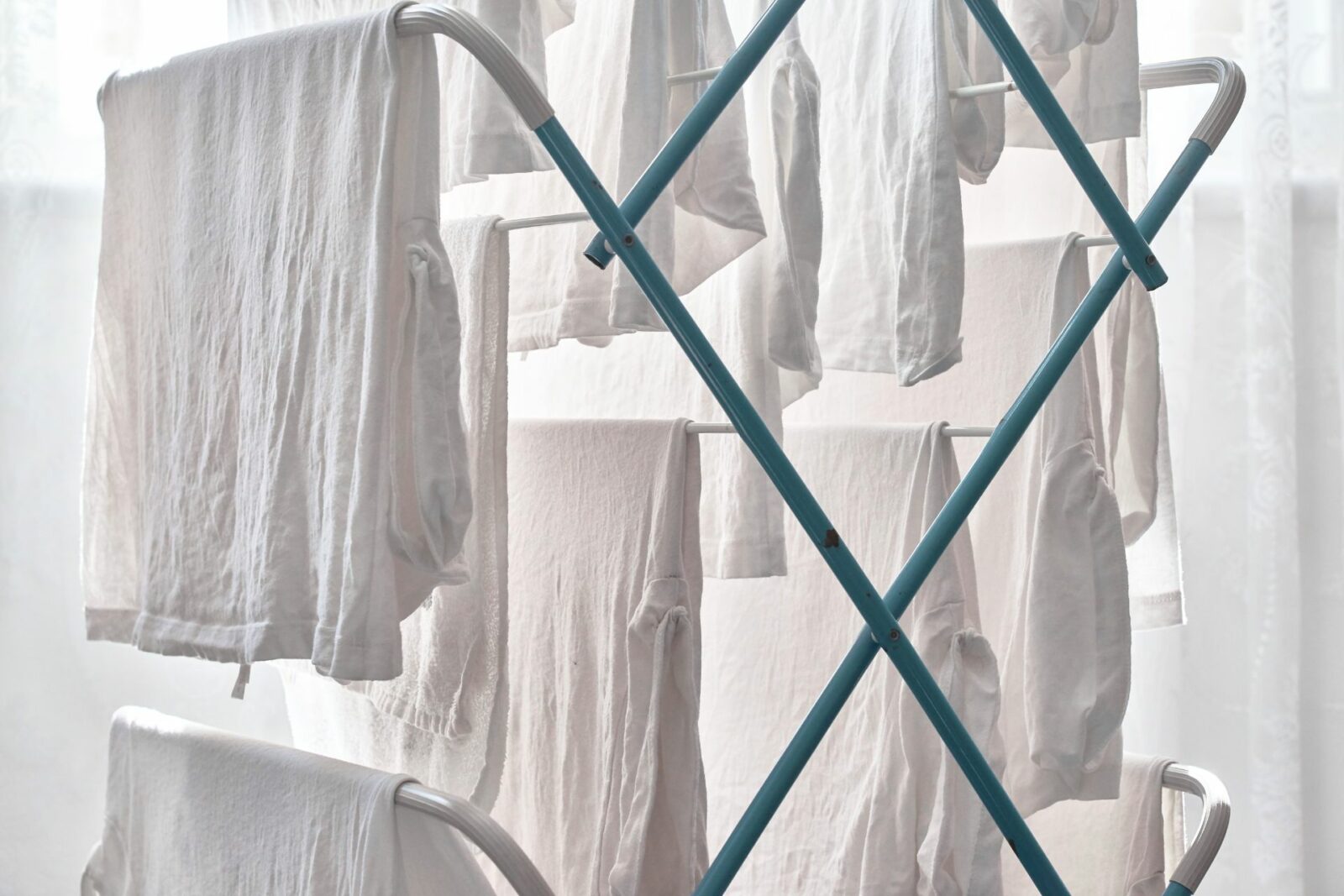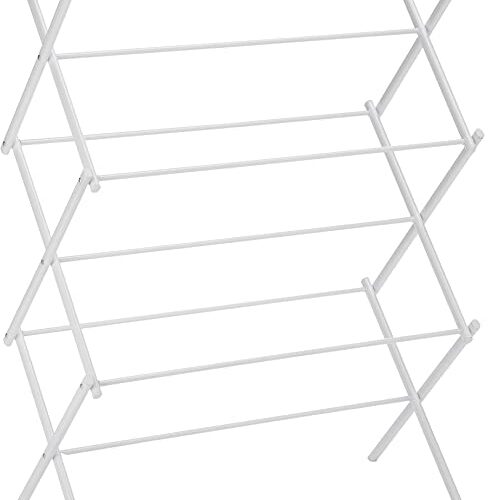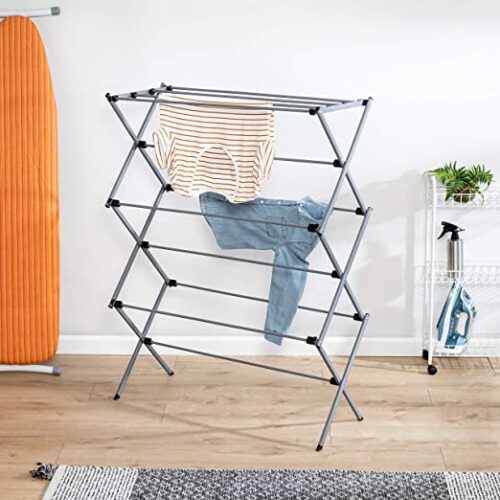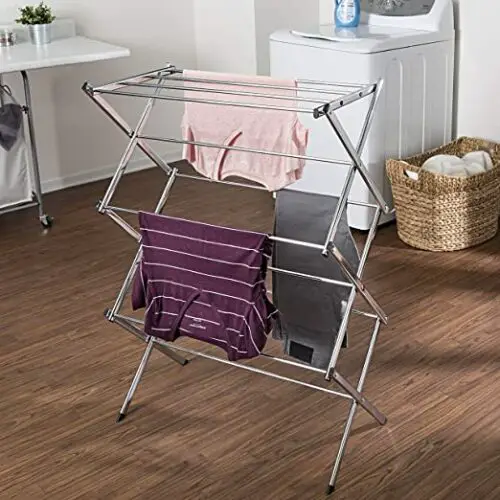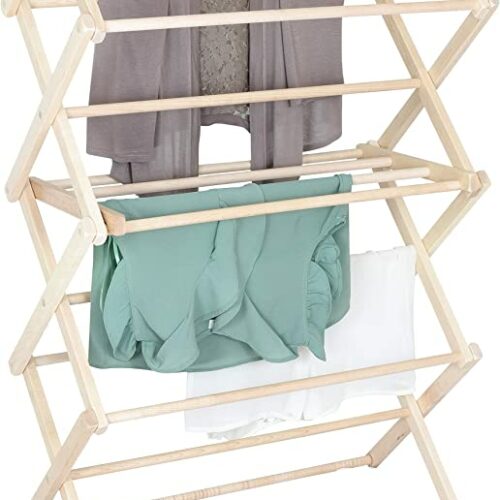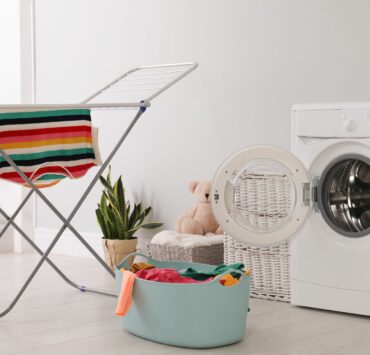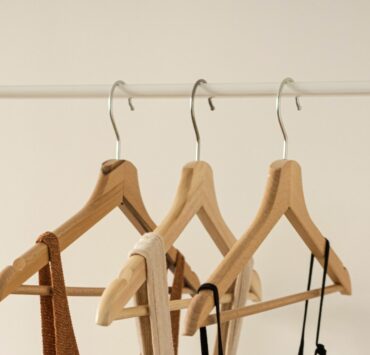A drying rack for clothes, also known as a clothes drying rack or clothes airer, is a functional and eco-friendly alternative to traditional dryers. The primary function of these racks is to provide a space for air-drying your laundry, and they come in a variety of designs to suit your needs. In this article, we’ll discuss the advantages of using a drying rack, explore the different types of racks available, and provide tips on how to choose the perfect one for your home.
The Advantages of Using a Drying Rack for Clothes
Energy Savings and Environmental Benefits
By opting for a drying rack for clothes over a conventional dryer, you can significantly reduce your energy consumption and lower your carbon footprint. Air-drying your laundry is an eco-friendly option that doesn’t require electricity, saving you money on your energy bills.
Gentle on Clothing
Air-drying your clothes on a drying rack is gentler on the fabric, helping to maintain the shape, color, and overall quality of your garments. This method prevents the excessive wear and tear that can result from tumble-drying.
Space-Saving and Versatile
Drying racks come in a variety of designs, including foldable and wall-mounted options, making them suitable for any living space. They can be easily tucked away when not in use, providing a space-saving solution for small apartments or homes with limited laundry areas.
Types of Drying Racks for Clothes
Freestanding Drying Racks
Freestanding drying racks are portable and can be easily moved around your home. They come in various materials such as wood, metal, and plastic, and can be easily folded for storage.
Wall-Mounted Drying Racks
Wall-mounted drying racks are fixed to the wall, making them a great option for saving floor space. They can be folded away when not in use, and some models even feature adjustable arms to accommodate different laundry loads.
Ceiling-Mounted Drying Racks
Ceiling-mounted drying racks are hung from the ceiling, utilizing vertical space for air-drying your clothes. They often feature a pulley system to lower and raise the rack for easy access.
Tips for Choosing the Perfect Drying Rack for Clothes
Assess Your Space and Needs
Before purchasing a drying rack, consider the amount of laundry you typically need to dry and the space available in your home. Opt for a compact, foldable drying rack if you have limited space, or choose a larger, wall-mounted option if you need more drying capacity.
Material and Durability
Select a drying rack made of high-quality, durable materials that can withstand the weight of wet clothes and resist rust. Stainless steel and hardwood options are popular choices for their longevity and sturdiness.
Ease of Use and Storage
Consider a drying rack that is easy to set up, fold, and store when not in use. Features like adjustable arms and retractable designs can make the drying process more convenient and efficient.
Caring for Your Drying Rack for Clothes
Regular Cleaning
Keep your drying rack clean by wiping it down with a damp cloth regularly. This will prevent the buildup of dust, lint, and other debris that could transfer to your clothes.
Proper Storage
When not in use, store your drying rack in a dry, cool place to avoid damage and prolong its lifespan.
Maintenance
Inspect your drying rack for any signs of wear, rust, or damage periodically. Address any issues promptly to keep your rack in optimal condition.
Frequently Asked Questions
Q: How much weight can a drying rack hold?
A: The weight capacity of a drying rack depends on its design and material. Most drying racks can hold between 10 to 50 pounds of laundry. Always check the manufacturer’s specifications for weight limits before purchasing.
Q: Can I use a drying rack for clothes outdoors?
A: Yes, many drying racks are suitable for both indoor and outdoor use. However, ensure that the materials used in the rack are weather-resistant and durable enough to withstand outdoor conditions.
Q: How long does it take for clothes to dry on a drying rack?
A: The drying time for clothes on a drying rack depends on factors such as humidity, air circulation, and the type of fabric. Generally, it can take anywhere from a few hours to a full day for clothes to dry completely.
Q: How do I prevent my clothes from getting stiff when air-drying on a drying rack?
A: To prevent clothes from becoming stiff while air-drying, try using a fabric softener during the wash cycle. Additionally, shake out your clothes before hanging them on the drying rack, and gently stretch the fabric to help maintain its softness.
Conclusion
Incorporating a drying rack for clothes into your laundry routine can bring significant energy savings, extend the life of your garments, and provide a space-saving solution for your home. With various types of drying racks available, there’s sure to be an option that meets your specific needs and preferences. By choosing the right drying rack and caring for it properly, you can enjoy the numerous benefits of air-drying your laundry for years to come.
